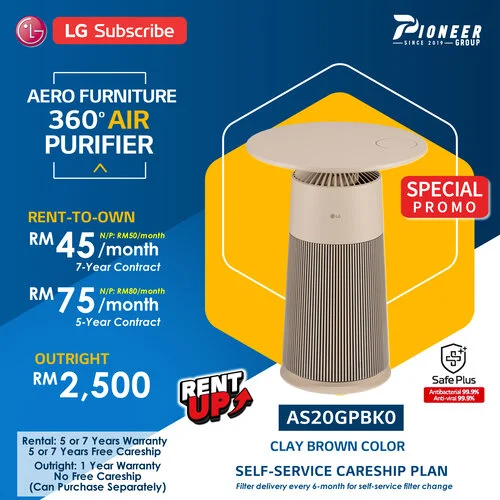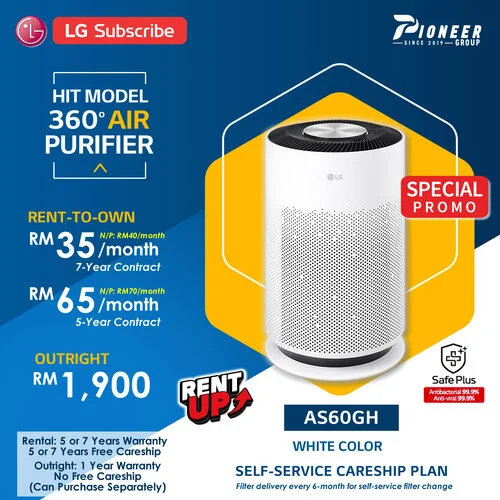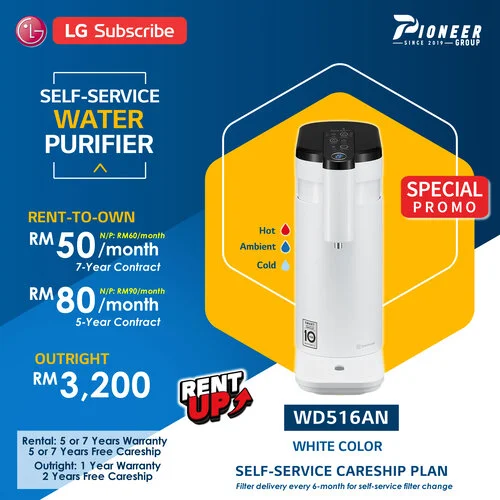Heat Pump Dryer – Drying clothes might not sound like the most exciting topic, but when it comes to making smart choices for your home and the environment, the type of dryer you use can make a world of difference. Enter the heat pump dryer, a game-changer in laundry technology that’s taking the appliance world by storm. If you’re still relying on traditional dryers or pondering which dryer is best for your needs, stick around—this post is for you.
The Heat Pump Dryer Revolution
So, what exactly is a heat pump dryer? Imagine a dryer that uses cutting-edge technology to not only dry your clothes efficiently but also slash energy consumption. Heat pump dryers first hit the market in the early 2000s and quickly gained popularity for their ability to combine energy efficiency with superior fabric care.
Unlike traditional electric or gas dryers that vent out hot, humid air (wasting energy in the process), heat pump dryers operate using a closed-loop system. They reuse the same warm air to dry your clothes, making them a more eco-friendly option with a significantly reduced carbon footprint.
But it doesn’t stop there—let’s dive deeper into how this technology works and how it stacks up against its competitors.
How Heat Pump Dryers Work

Think of a heat pump dryer as the recycling wizard of the laundry world. Traditional vented dryers rely on either electric or gas heaters to warm air, which then passes through your clothes to evaporate moisture. This air is expelled outside, along with wasted heat. In contrast, heat pump dryers capture that warm, moist air, remove the moisture, and reuse the heat. Genius, right?
Here’s the breakdown:
- Closed-Loop System: Warm air is circulated through the drum to absorb moisture from your clothes.
- Condensation: The moist air is directed through a condenser where the moisture turns into water and is collected in a reservoir or drained.
- Reheating: The now dry, warm air is reheated and sent back into the drum to repeat the cycle.
This process dramatically reduces energy waste and provides a gentler drying experience for your fabrics.
The LG Difference: Dual Inverter Heat Pump Technology

LG has taken heat pump technology to new heights with its DUAL Inverter Heat Pump dryers. By employing two cylinders that can adjust to varying speeds, LG’s dryers achieve faster drying times and higher energy efficiency compared to conventional dryers. This versatility ensures you get the best of both worlds—energy savings and time efficiency—depending on your laundry needs.
Comparing Dryer Types: Heat Pump, Condenser, Gas, and Electric
Before we crown the heat pump dryer as the ultimate laundry hero, let’s compare it to its contenders: condenser dryers, gas dryers, and traditional electric dryers.

Heat Pump Dryers
- Pros:
- Extremely energy-efficient (saves up to 28% more energy compared to standard dryers).
- Gentle on fabrics due to low-temperature drying.
- No need for external venting—perfect for apartments or homes with limited ventilation options.
- Cons:
- Higher upfront cost.
- Takes longer to dry clothes, though LG’s special modes like “Time Saving” help mitigate this.
Condenser Dryers
- Pros:
- Ventless design, making installation easier.
- Cons:
- Higher energy consumption compared to heat pump dryers.
- High-temperature drying can shrink or damage delicate fabrics.
Gas Dryers
- Pros:
- Lower operating costs over time due to cheaper fuel (natural gas or propane).
- Cons:
- Requires a dedicated gas line and ventilation system.
- Potential risks include gas leaks and carbon monoxide poisoning.
Electric Vented Dryers
- Pros:
- Lower upfront cost.
- Dries clothes quickly at high temperatures.
- Cons:
- Requires a vent to expel moist air.
- Consumes more energy compared to heat pump models.
| Dryer Type | Pros | Cons |
|---|---|---|
| Heat Pump | – Extremely energy-efficient (saves up to 28% energy). | – Higher upfront cost. |
| – Gentle on fabrics (low-temp drying). | – Takes longer to dry clothes, though special modes like “Time Saving” help. | |
| – No external venting required (ideal for apartments or limited spaces). | ||
| Condenser | – Ventless design simplifies installation. | – Higher energy consumption compared to heat pump dryers. |
| – High-temperature drying can shrink or damage delicate fabrics. | ||
| Gas | – Lower operating costs (uses cheaper natural gas/propane). | – Requires a dedicated gas line and proper ventilation. |
| – Risks of gas leaks and carbon monoxide poisoning. | ||
| Electric Vented | – Lower upfront cost. | – Requires a vent to expel moist air. |
| – Dries clothes quickly at high temperatures. | – Higher energy consumption compared to heat pump dryers. |
Why Choose a Heat Pump Dryer?
If you’re someone who values energy efficiency, fabric care, and flexibility in installation, a heat pump dryer is an excellent choice. Here are the standout features:
1. Energy Efficiency
According to Energy Star, heat pump dryers use up to 28% less energy than traditional dryers. LG takes it a step further, with their models boasting energy savings of up to 65% compared to condenser dryers. Think of all the money you’ll save on utility bills over time!
2. Fabric Protection
High-temperature drying can wreak havoc on your clothes, causing shrinkage or damage. Heat pump dryers operate at lower temperatures, making them ideal for delicate fabrics like wool, silk, and activewear. Your clothes will thank you.
3. No Venting Hassle
Traditional dryers require venting systems to expel hot, humid air. Heat pump dryers eliminate this need, making them a safer and more flexible option for homes, apartments, or anywhere space is limited.
The Drawbacks
No technology is perfect, and heat pump dryers are no exception. Their higher initial cost can be a barrier for some consumers. Additionally, the longer drying times might not suit those with a fast-paced lifestyle. However, LG’s Time Saving mode addresses this concern by offering faster drying cycles for larger loads.
Making the Right Choice
Choosing the right dryer ultimately depends on your needs, budget, and lifestyle. If you’re on a tight budget or need a quick drying solution, a traditional electric or gas dryer might work for you. However, if you’re thinking long-term and want to invest in energy efficiency, fabric care, and eco-friendliness, a heat pump dryer is the way to go.
Wrapping It Up
Heat pump dryers represent the future of laundry care. They’re energy-efficient, gentle on fabrics, and versatile enough to fit into any home. With LG’s advanced technology, like the DUAL Inverter Heat Pump, you’re not just buying a dryer—you’re investing in a smarter, greener, and more effective way to do laundry.
So, are you ready to make the switch? The planet, your wallet, and your wardrobe will thank you.
Reference : What is a Heat Pump Dryer? Dryer Comparison and Pros & Cons
















































